TIJUANA, Mexico, Feb 23, (V7N) – A month after U.S. President Donald Trump resumed office with a vow to deport millions of migrants, reception shelters in Mexico remain largely vacant, with dozens of unused mattresses awaiting occupants.
Across Mexico’s northern border states, where 12 government-run shelters were established to accommodate returning nationals and foreign deportees, the anticipated surge in expulsions has yet to materialize, according to AFP reporters.
Despite Trump’s strong rhetoric, official data indicates no significant increase in deportations to Mexico. Moreover, many Mexicans who are sent back opt to return directly to their hometowns rather than stay in government facilities.
In January, authorities in Tijuana declared an “emergency” in anticipation of a potential influx of deportees, allowing them to allocate extra funds for shelter operations, staffing, and legal aid. However, the expected wave has not arrived, says Monica Vega, who coordinates the Flamingos shelter in Tijuana, just south of California.
“For now, there’s no indication that mass deportations are happening, at least not based on the numbers we’re seeing,” Vega stated.
The Flamingos center, one of nine shelters specifically designated for repatriated Mexicans, has the capacity to house 2,600 individuals. Yet, it has only been receiving around 55 deportees per day, Vega reported.
Since Trump took office on January 20, approximately 12,255 Mexican nationals and 3,344 foreign citizens have been deported to Mexico, according to the country’s immigration authorities.
For comparison, under President Joe Biden in 2024, an average of 17,200 Mexicans and 3,091 foreigners were deported each month. Between October 2023 and September 2024, the Biden administration expelled 271,484 migrants—the highest annual figure in a decade.
Aside from the slowdown in deportations, arrivals at both the U.S.-Mexico border and Mexico’s southern border with Guatemala have dropped sharply since Trump returned to office. Government figures show a 90 percent decline in migration at Mexico’s southern border.
In response to Trump’s threats of imposing 25 percent tariffs, the Mexican government deployed 10,000 soldiers along its 3,100-kilometer (1,900-mile) northern border.
Rodolfo Rubio, a migration expert at the Colegio de Chihuahua in Ciudad Juarez, has observed a 60 percent decrease in migrant movement along parts of the border near El Paso, Texas.
Under the government’s "Mexico Embraces You" initiative, 1,250 officials have been assigned to assist deportees. However, due to the lack of new arrivals, many workers at shelters find themselves with little to do.
At the Flamingos center, staff members often pass time in conversation, while in Matamoros, a shelter capable of housing 3,000 people has received no more than 150 in a single day.
Similarly, in Nuevo Laredo, a shelter designed for 1,200 migrants has seen daily arrivals peak at just 50.
With minimal activity, even security personnel stationed to guard the facilities have little to do—one National Guard member was spotted napping at his post.
Despite the absence of a large-scale deportation wave, Mexican authorities have not signaled any intention to reduce efforts under the "Mexico Embraces You" program as long as Trump’s policies remain in place.
An estimated 11 million undocumented migrants reside in the United States, including several million of Mexican origin.
Among those already deported, many have recounted traumatic experiences.
“They treated me like a criminal, pointing guns at me,” said Jose de Jesus Enriquez, 45, who lived in California without legal status for nearly half his life, working in cleaning and construction.
“They dragged me out, put me in handcuffs, and treated me terribly. I demanded to call my lawyer, the Mexican consulate, or to see an immigration judge, but they refused everything,” he told AFP in Tijuana.
END/WD/RH/








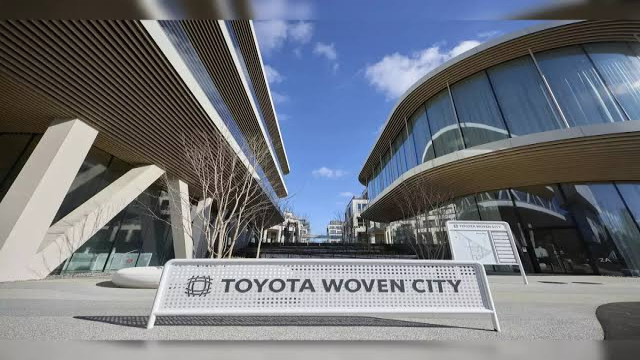

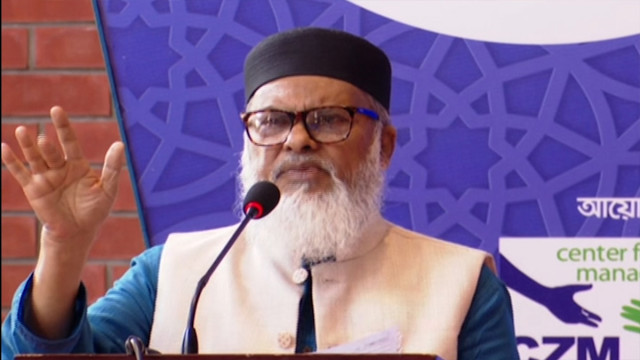

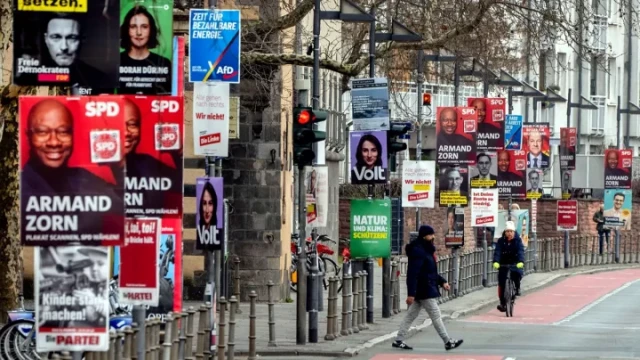
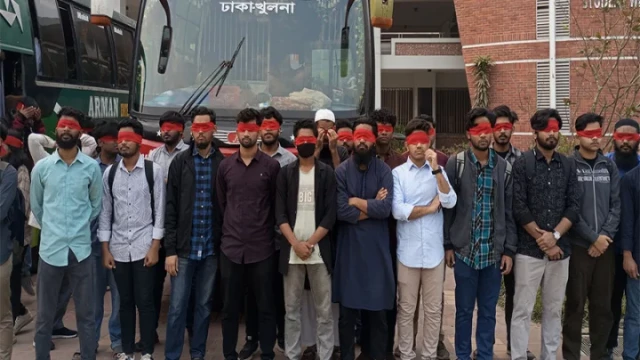


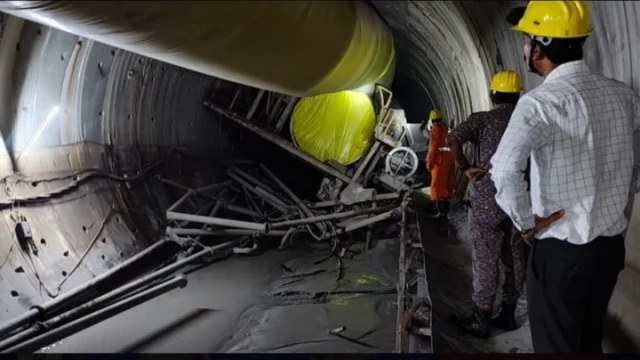





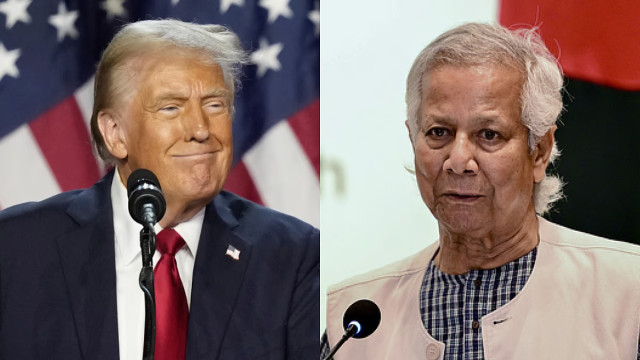






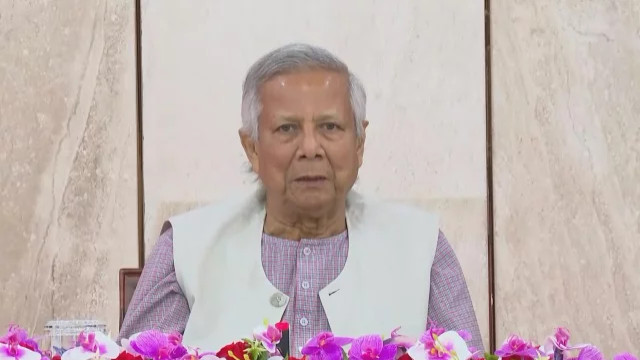
Comment: